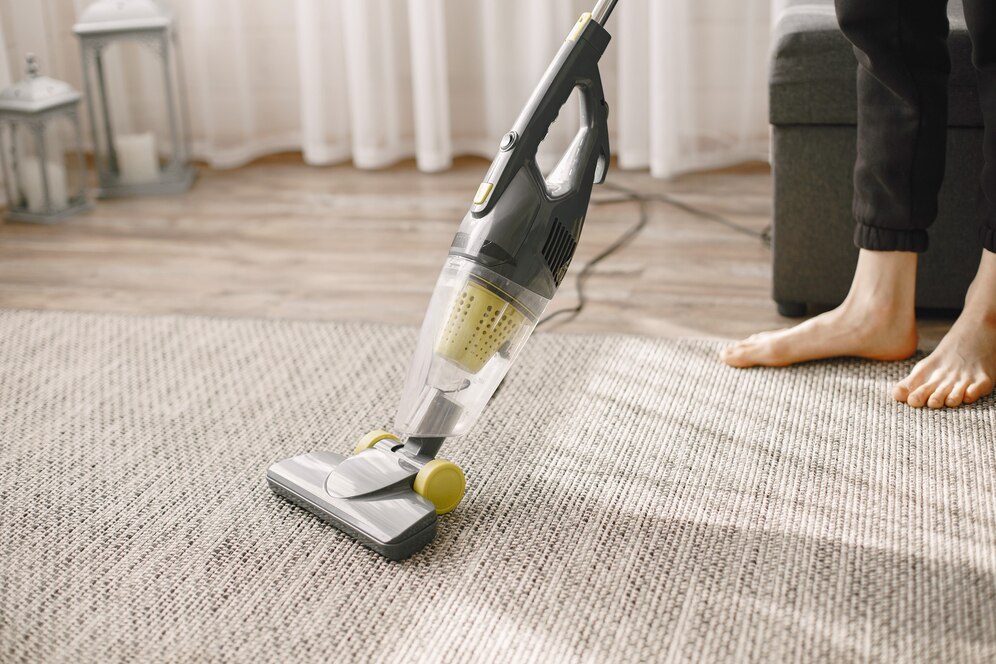Sandblasting is a great way to both smooth out a rough surface and make a smooth surface rough, but not a lot of people understand what it is, how it works and why we do it. The basics of sandblasting is really simple – it’s the process of forcibly pushing a stream of abrasive material against a surface, under high pressure. There are a range of abrasive materials that are used to sandblast an item, and it all comes down to what you need to sandblast.
This is not usually a process you will undertake as a DIY job, as it is a little more specialised, but it is certainly worth understanding how the process works.
Types of Sandblasting Processes
There are two types of sandblasting processes that can be utilised depending on the surface you need to prepare or clean.
Water-driven sandblasting is used to reduce surface deterioration and is generally used to prepare brick or concrete surfaces.
On the other hand, air-driven sandblasting is best used for metal surfaces and other surfaces where you don’t want a build-up of moisture, or risk water intruding into the surface.
How Does Sandblasting Work?
There’s no doubt that sandblasting is an efficient, and powerful way of cleaning, particularly in heavy industries, but also in situations where there has been a long-term build-up of paint, oil stains, asphalt, render, rust, mould and mildew.
How sandblasting works does change slightly between whether you are using a wet or dry method.
When we use a dry sandblasting method, we are relying on the combination of compressed air and abrasive materials to clean the surface. This is the best method to use on materials that are hard like metal or stone, or those surfaces we don’t want water to penetrate (as this may hold up the preparation process).
When we use a wet sandblasting method, we use a mix of water and an abrasive material. This method tends to be used on softer surfaces such as wood or plastic, to prevent damage. It is also a much better method for the technicians doing the work, as well as those surrounding the property as it creates far less dust and doesn’t have an impact on the lungs like the dry method does.
In a way, sandblasting is a similar process to power washing, however it is a far more effective process when you need to get rid of materials like paint or prepare a surface for coating. Because sandblasting creates a profile on the material, it tends to allow coatings such as paint to bond better.
Sandblasting is Extremely Versatile
We know that when it comes to cleaning materials it can be a time-consuming task ensuring that it is ready for the next step. But sandblasting is an extremely versatile cleaning method, and it is used in a large number of industries on a regular basis.
Outside industry use, a sandblasting contractor can be engaged by homeowners or business owners for several purposes including:
Cleaning debris and dirt build-up on concrete surfaces. We lightly blast the surface with a Torbo machine, which removes the dirt, debris and build-up without damaging the surface. You will be left with a smooth and clean surface.
Preparing metal or concrete surfaces for painting. Sandblasting leaves the surface without particle build-up which allows for a smoother painting result.
Decorate concrete surfaces. If you already have concrete surfaces and you want to give them a bit of a makeover, we can use different coloured sands and oxides to create designs onto flat concrete surfaces. This process can really increase the kerb appeal for your home.
Make a smooth surface more abrasive. If you have an outdoor area of your home or business that can be quite slippery, a light sandblasting can make the surface more abrasive, giving it more grip and slip-resistance.
What Abrasive Materials are Used for Sandblasting?
In one of our previous blogs, we spoke about the pros and cons of sandblasting and what the process is used for. One interesting point worth noting about this process is that we don’t always use sand. The abrasive material that we choose to use really depends on the material that is being sandblasted.
Aluminium Oxide – one of the more common abrasive mediums used, aluminium oxide can be used for both blast finishing and surface preparation. Three of the biggest advantages with this material is that it is sharp, and it is a relatively hearty material, it can be recycled and used again. Aluminium oxide is available in a range of hardnesses and grit sizes which means it can be used for several types of projects.
Crushed Glass – Crushed glass is used as an aggressive treatment to remove heavy coatings and contamination on the surface. Non-toxic and inert, crushed glass is a completely safe material to use for sandblasting and because it is relatively light, we require much less of the material to prepare the surface we are working in.
Glass Beads – Similar to crushed glass, glass beads are safe, non-toxic and contain no heavy metals or silica. The pre-formed shape means this material polishes while blasting, leaving a bright and smooth surface. Beneficially, glass beads can be reused and recycled.
Plastics – Ideal for stripping contaminants quickly, plastic blasting media is perfect for use on delicate metals, plastics, vehicle surfaces, and composites.
Silicon Carbide – This is one of the hardest blasting materials and it cuts through paint and other contaminants quickly. Interestingly, it is one of the most recyclable blasting mediums and is frequently used for the etching of stone and glass. Silicon carbide is best used on surfaces that are heavily rusted.
Pumice – You may already know pumice as the material that can help remove calluses from your skin, but pumice is a great medium for blasting light contamination and is perfect for those projects that require a delicate touch. Pumice is often used when we need to protect the material under the surface.
Steel Shot – This material is great for when we need to strip a metal surface. A steel shot is essentially small steel balls that are blasted towards a surface, leaving the surface polished and shiny.
Steel Grit – If we need to use an aggressive approach to blasting, and the surface material can withstand it, steel grit is a great option. It works quickly and removes several contaminants and is also perfect for etching metal.
Organic Compounds – Mediums such as corn cobs and walnut shells are environmentally friendly options for sandblasting and protecting surfaces. It is an odd one, but corn cobs are great for jobs where delicate and soft blasting is needed while walnut shells are used when more aggressive blasting is needed.
Sandblasting in Perth
Do you need concrete, or a building cleaned quickly and without fuss? At FCT Cleaning we have completed thousands of sandblasting jobs, from cleaning swimming pools through to etching and decorative concrete work.
Looking to have a surface cleaned? Reach out to our friendly team, and we’ll get out to give you a quote.


